IAS Turbulence: The Radioactive Ruins of La Hague
by Agnès Villette
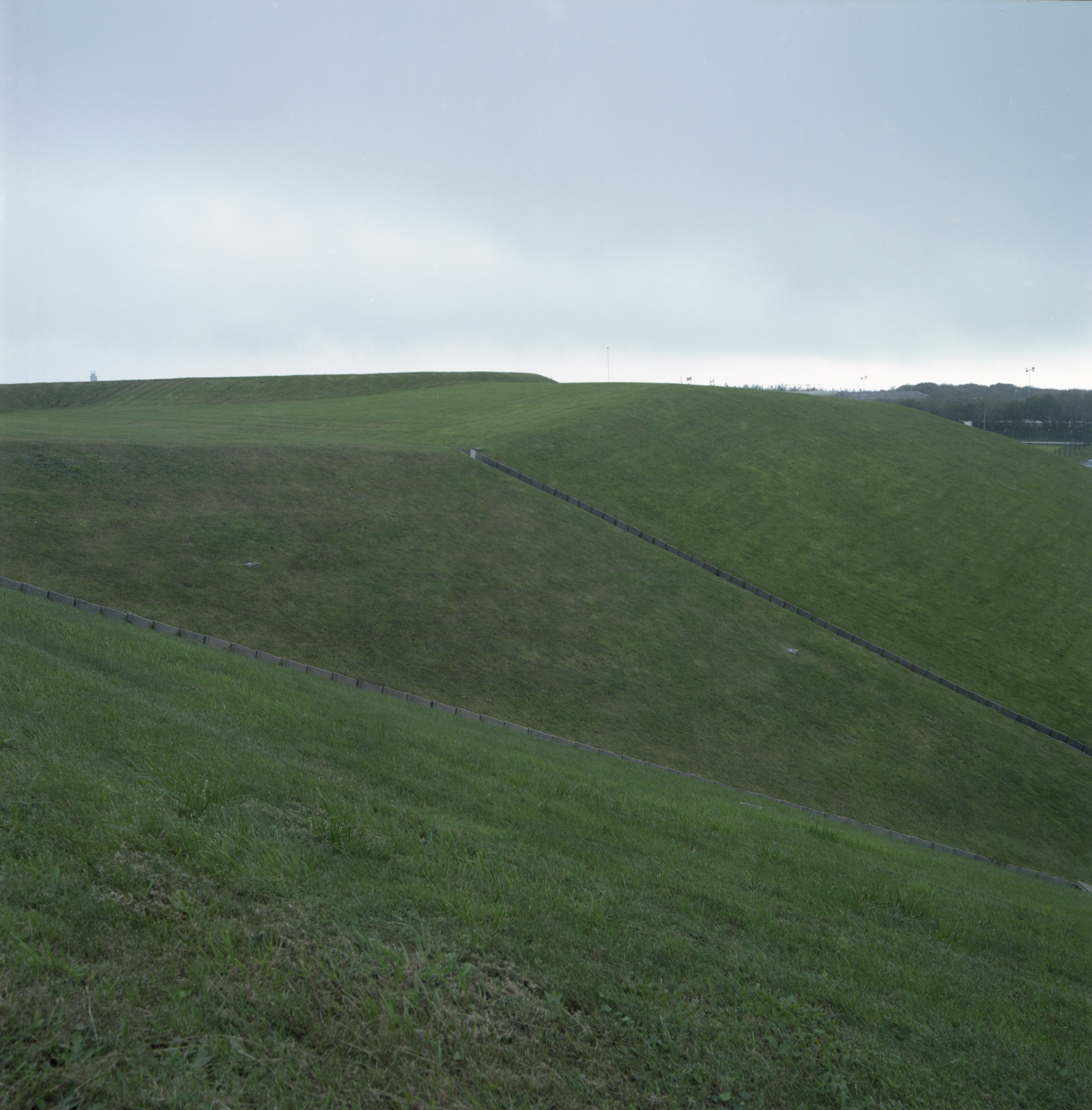
17 April 2020
© Agnès Villette
The toponym ‘La Hague’ has undergone a considerable lexical shift. It is currently known for its eponymous nuclear fuel reprocessing plant, which has been operating since 1966 on this site at the tip of the Norman peninsula. Before the name became associated with the French nuclear programme of the Cold War, however, La Hague defined a region, distinct by its geography, fauna and flora from the rest of Normandy. It is a hybrid territory surrounded by the sea. Lonely moors expand on an elevated plateau that looks out to the Channel Island of Alderney. Until the construction of the nuclear plant in the 1960s, the peninsula was scarcely inhabited, ancestrally rural, and had been mostly forgotten by twentieth-century modernity. Then, during the 1970s, anti-nuclear protests and controversies drew media attention to the region, now intimately associated with the nuclear industry, radiotoxic contamination, and repeated cover-ups. The entanglement of La Hague with French nuclear history runs deep, engendering an assemblage of narratives which have rarely been addressed. Today, the peninsula is considered one of the most nuclearized zones on the planet, hosting four major nuclear installations vital to France’s post-war nuclear programme.
One way to define the beginning of the Anthropocene epoch is to use fissile isotopes as markers; these were distributed worldwide after the atom bombs were dropped on Japan in 1945 and after the numerous nuclear tests conducted since the Manhattan Project. At the very end of WWII, de Gaulle’s provisional government launched its nuclear programme, which was seen as a path to regain the prestige that had been lost under the German invasion: exercising technological and scientific expertise, it would allow the state to count itself among the nations possessing nuclear weapons. The French nuclear programme, what Gabrielle Hecht refers to as ‘the Radiance of France’,[i] was celebrated widely by the press in December 1948, when Zoé — the first experimental nuclear reactor — underwent its first chain reaction. The following year, France secured its first milligram of homegrown plutonium, and tested its first nuclear weapon in 1960, at Reggane in the Algerian desert. La Hague was profoundly shaped by the Cold War, when civil and military nuclear production were particularly interdependent. The entanglement between landscape, science and technology are both expressed in the Cold War nature of La Hague and Hecht's definition of 'nuclearity' as:
'[a] contested technopolitical category. Its parameters depend on history and geography, science and technology, bodies and politics, radiation and race, states and capitalism. Nuclearity is not so much an essential property of things as it is a property distributed among things.'[ii]
Analysing the geological materialities of La Hague’s ecosystems unlocks various narratives about the ‘slow violence’ operating on the territory.[iii] And new regimes of visibility are required to explore its toxic landscape.
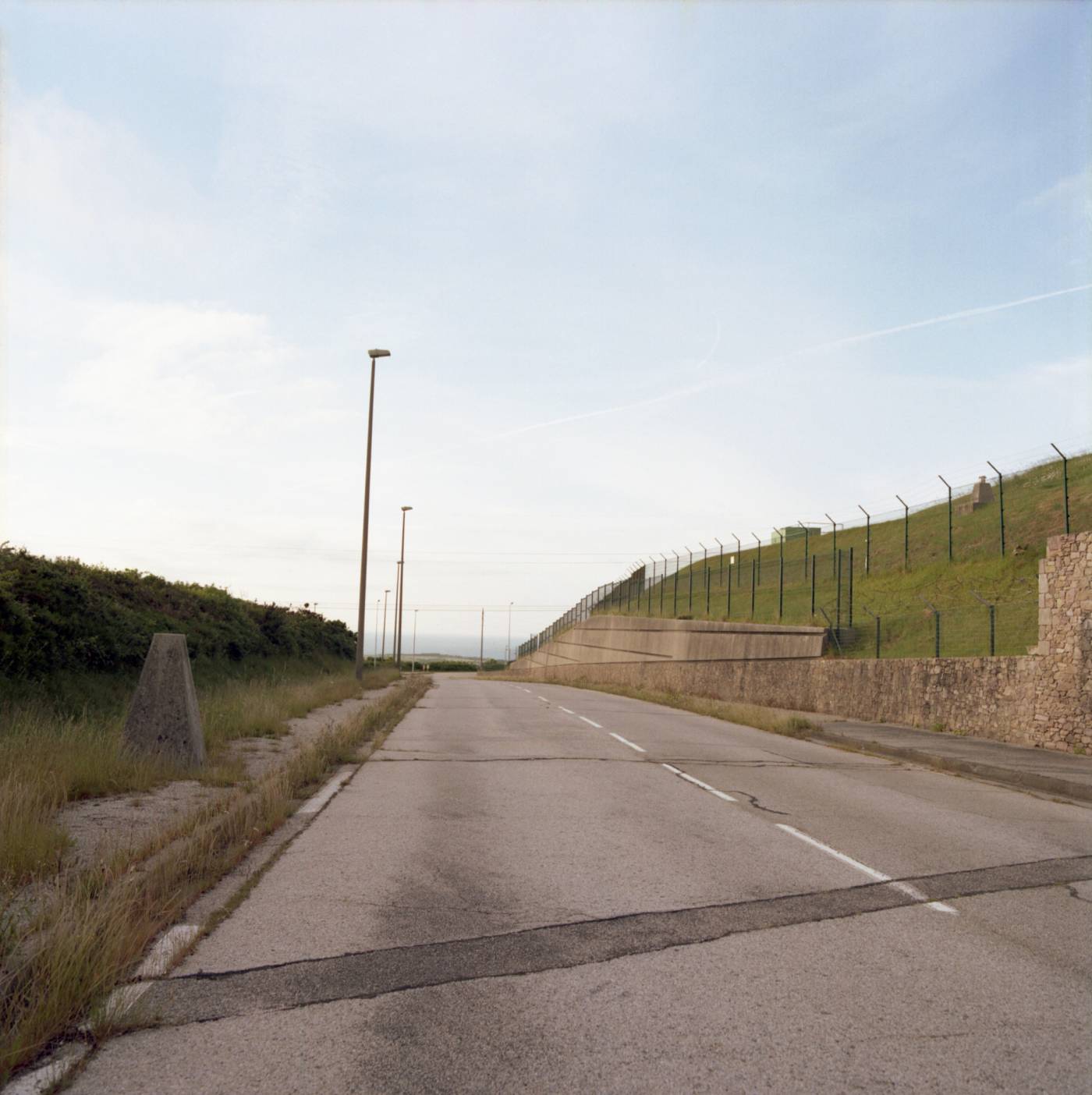

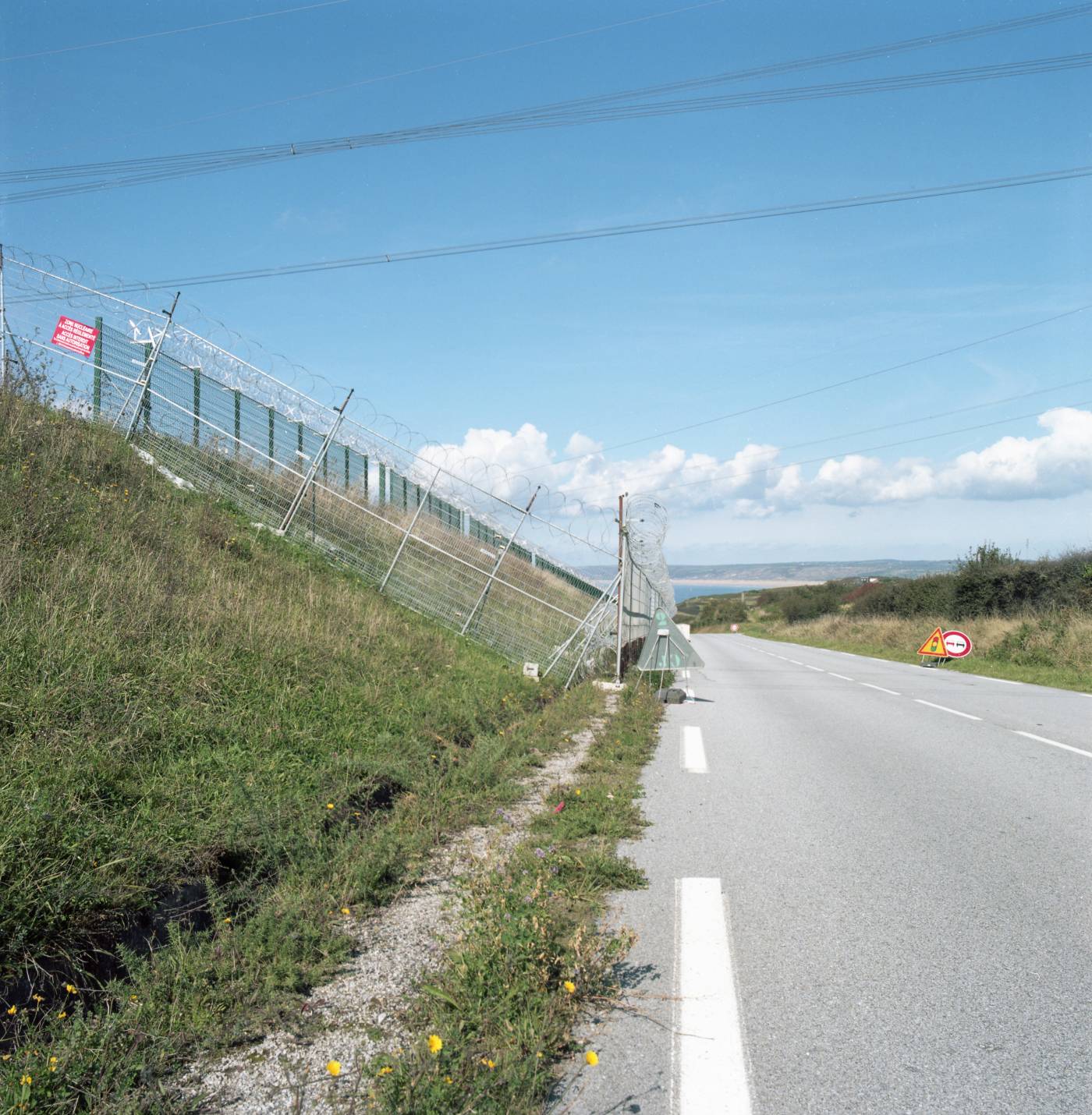
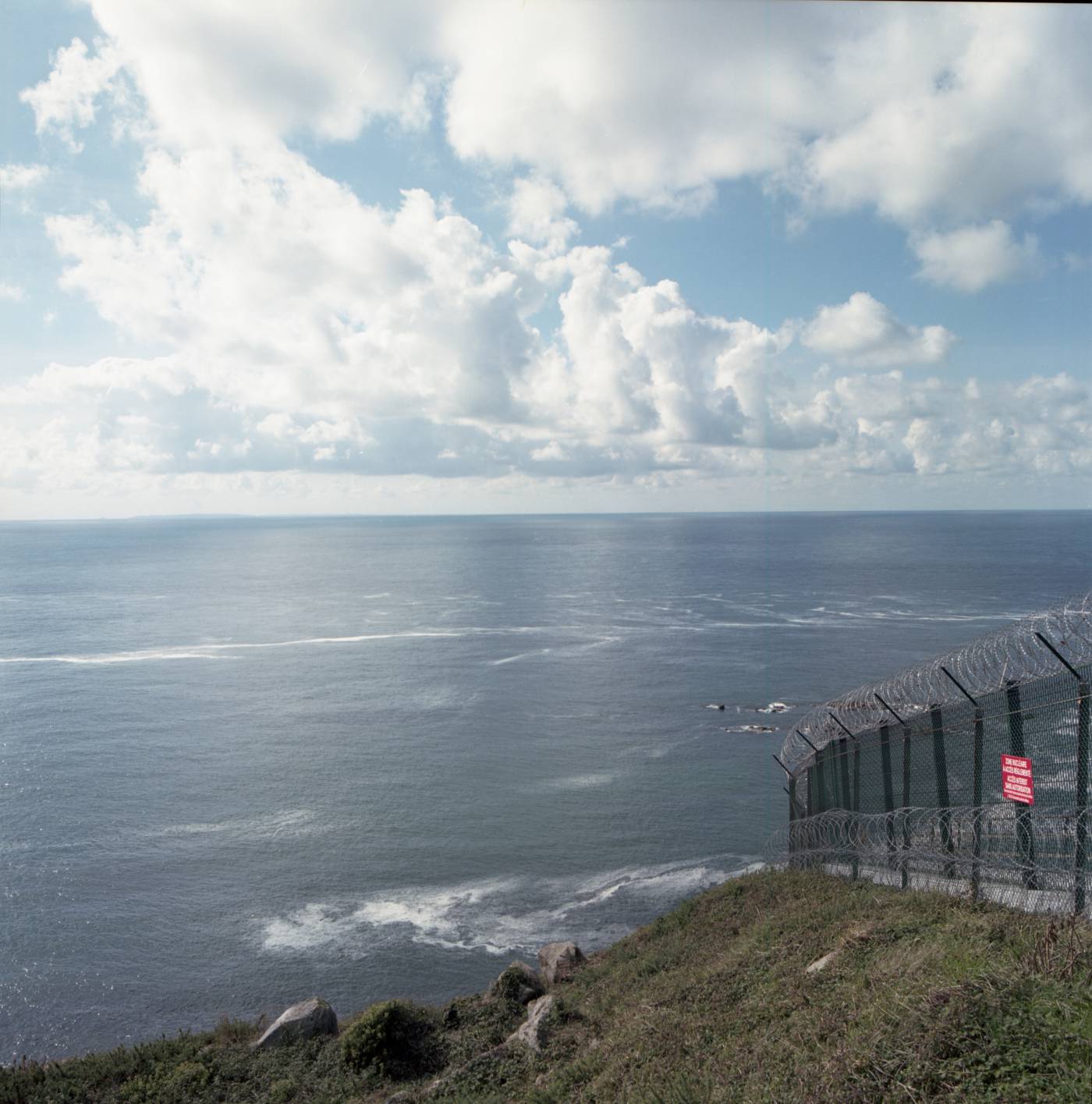
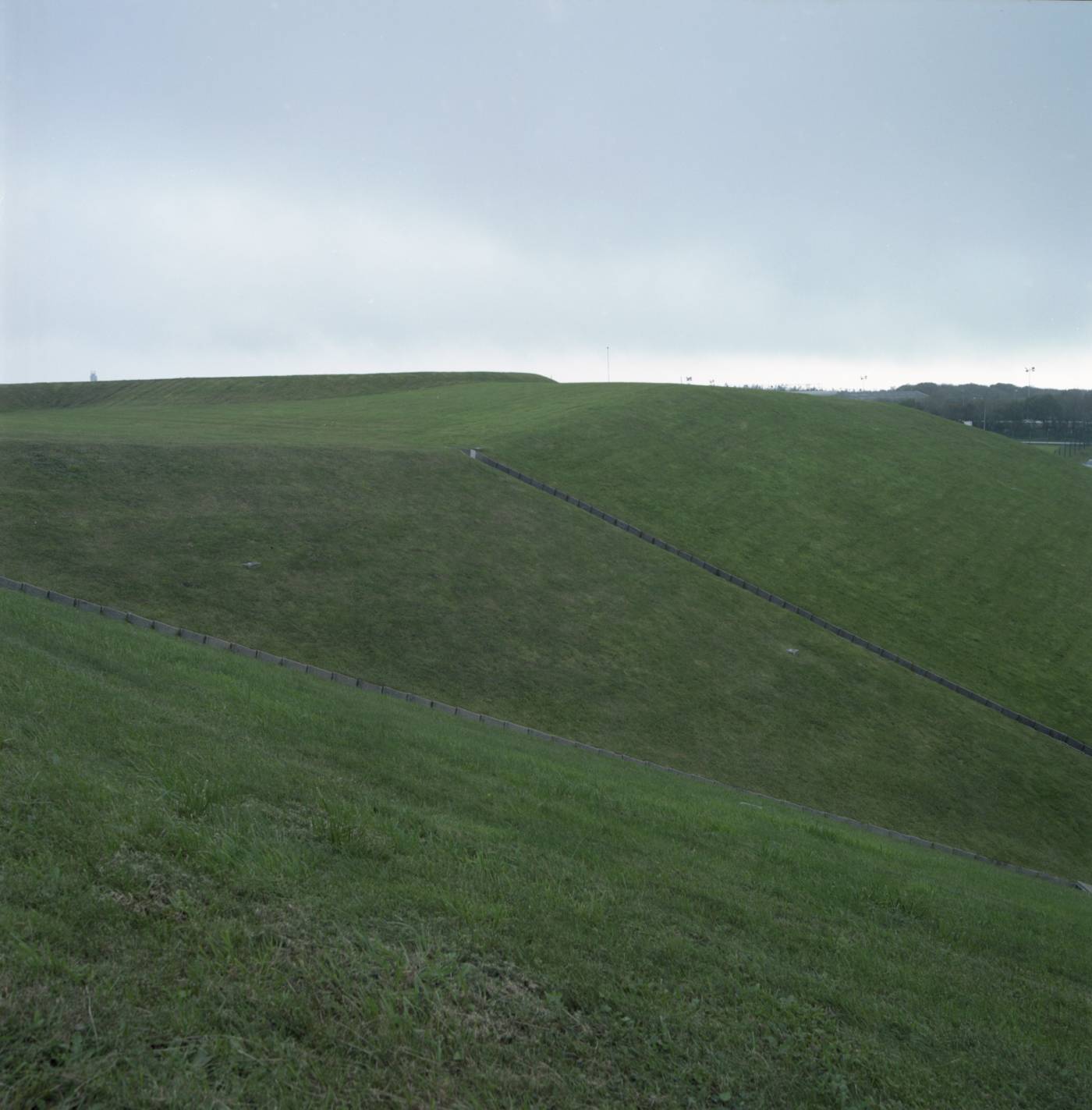
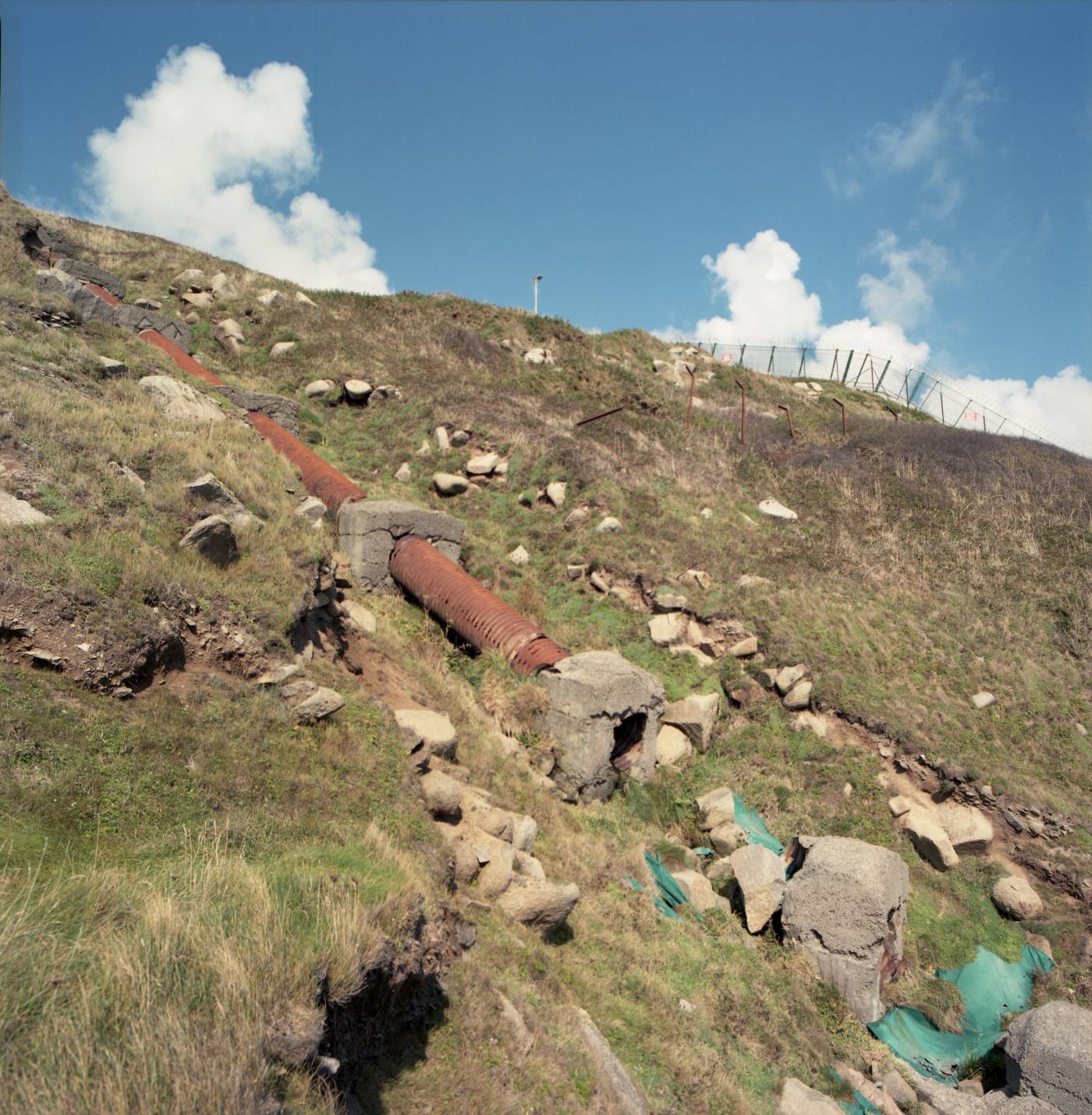
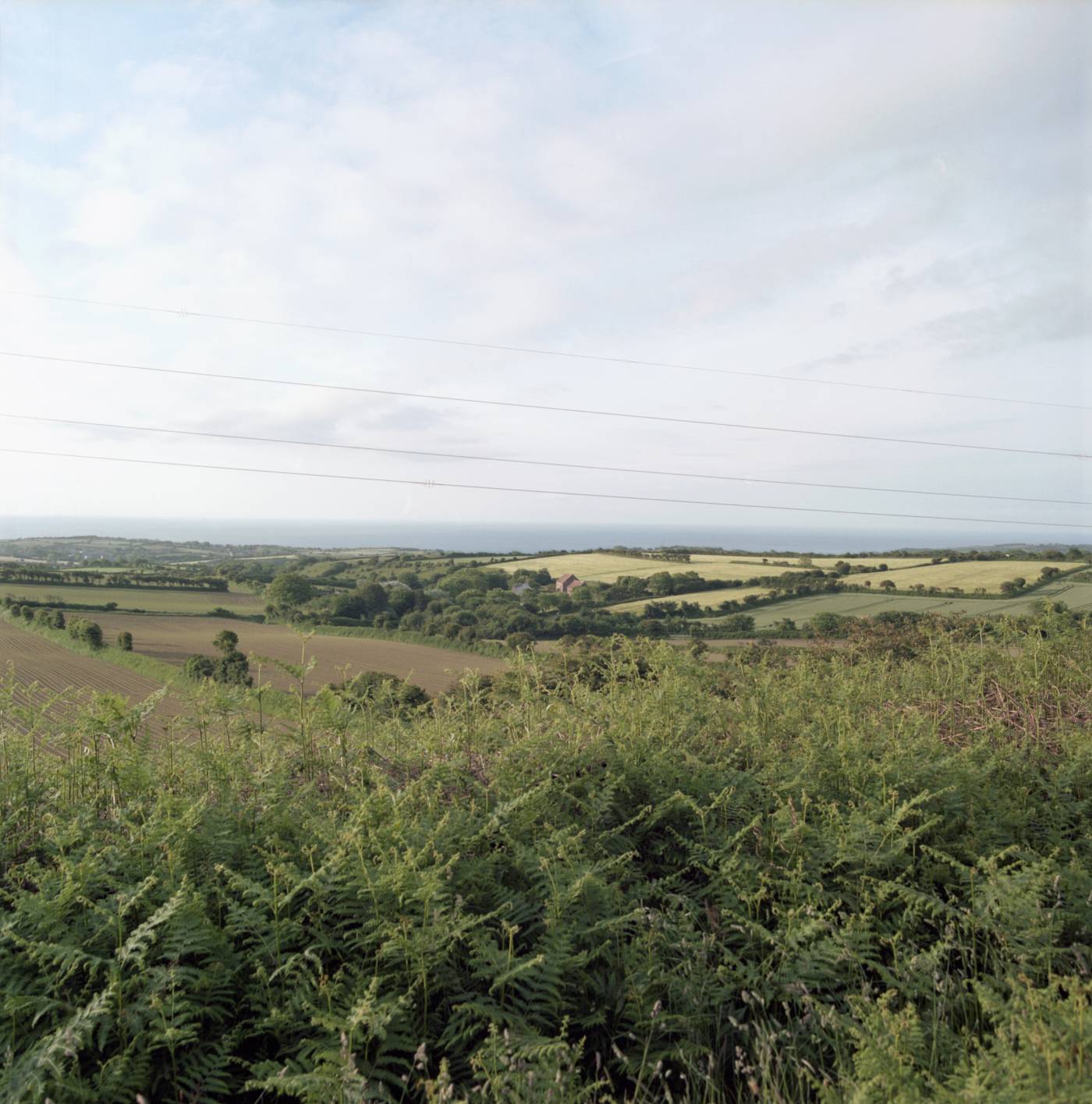
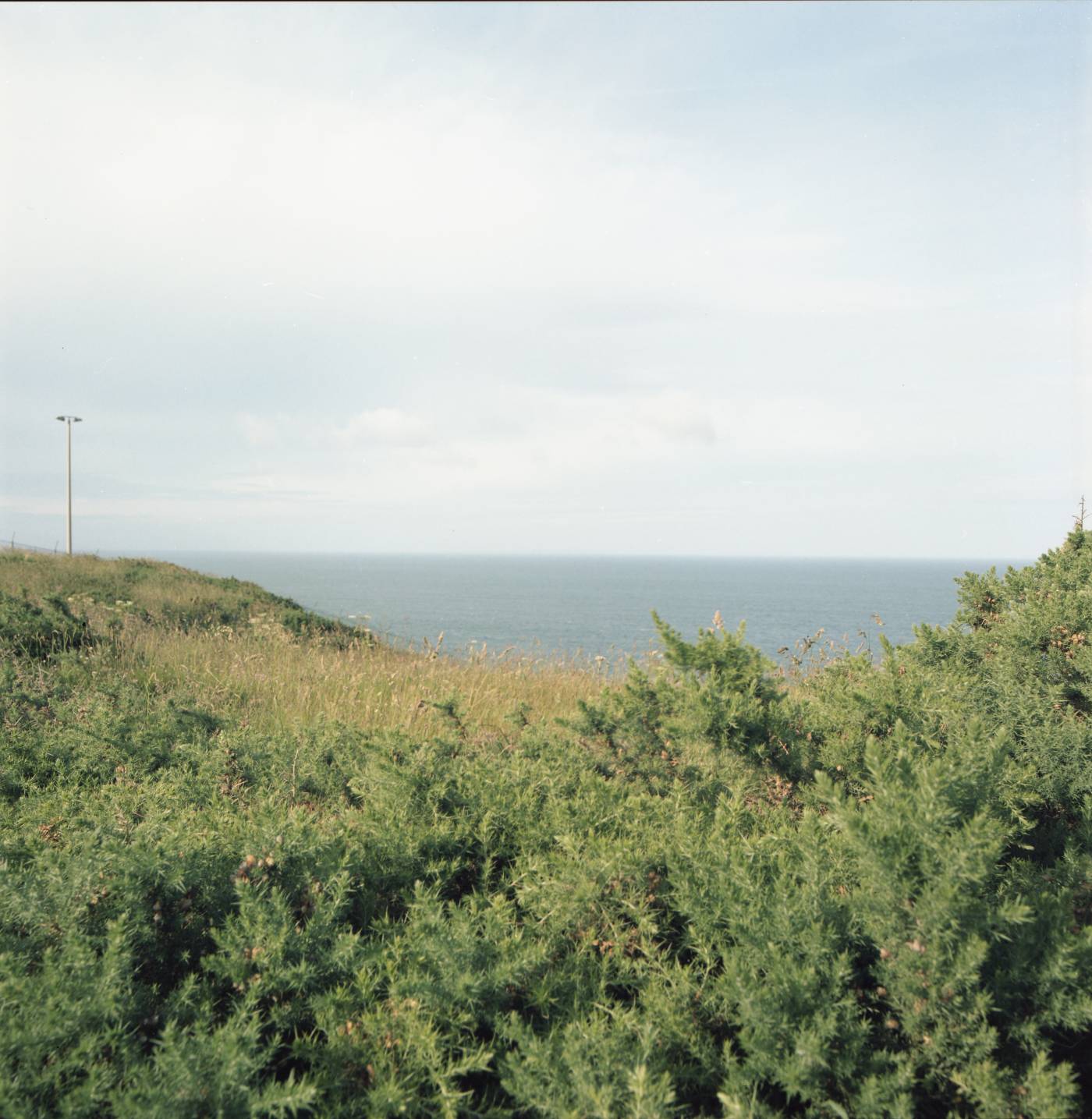
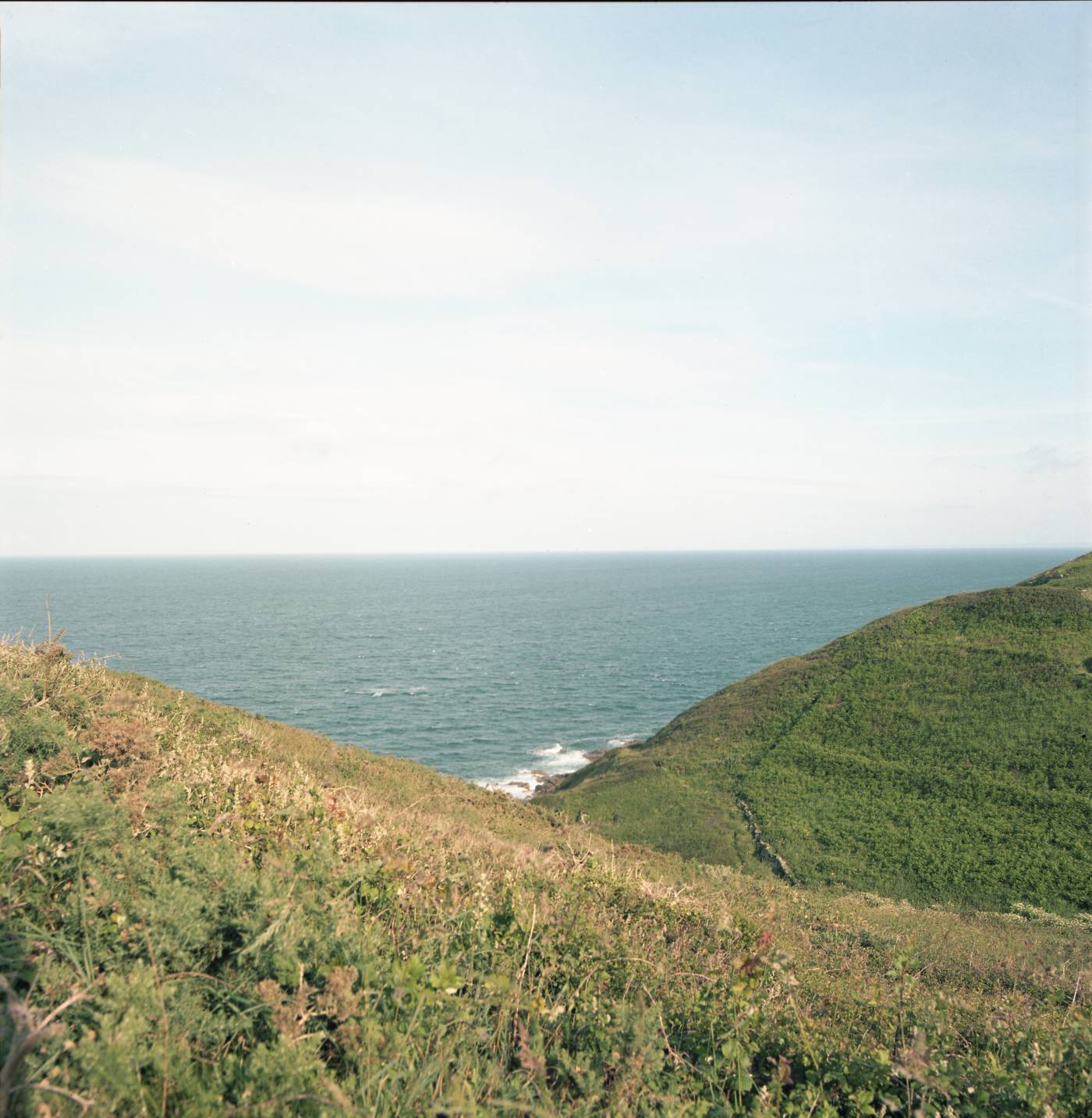
La Hague can be approached as a frontier territory like the Soviet and American atomic cities analysed by Kate Brown, where plutonium was produced for military weapons.[iv] To De de Gaulle’s government, the Norman peninsula offered isolation, inexpensive land, access to water, and a vast pool of labour. The taciturn character of its inhabitants happened also to be a strong asset. Nowadays, La Hague is saturated with high security, technological barriers - containment against radiotoxic spreading - which enforce the military industrial complex of the nuclear Cold War directly onto the territory long after its expedient historical moment has passed.
Different historical and geographical layers of technological and scientific installations overlap in La Hague. Apart from uranium extraction, secured in France's former colonies of Niger and Gabon, the nuclear cluster illustrates a complete nuclear-electricity production cycle that merges military and civil nuclear programmes: from electricity production to waste management. Programmed as early as 1959 by the Commissariat à l’Energie Atomique (CEA), the reprocessing facility extracts plutonium and uranium from fission materials for both civil and military purposes.[v] Built near the small town of Beaumont-Hague, it was the first nuclear installation to be constructed in the peninsula; nuclear-propelled submarines were developed at the same period in the military naval arsenal of the nearby town of Cherbourg. Twenty kilometres south, at Flamanville, EDF (Electricité de France) started operating two reactors in 1977. The EPR (Evolutionary Pressurised Reactor), a third-generation reactor, supposed to open in 2012, is still under construction, its opening postponed due to faulty installations. Nuclear waste started stockpiling during the 1980s as vast industrial extensions of the reprocessing plant were initiated to accommodate fissile fuels from several plants in France and abroad, rendering the plant economically viable. Whereas nuclear waste had previously been stored without specific installations within the perimeter of the reprocessing plant, it became necessary to provide a long-lasting, purpose-built facility which was to become the adjacent repository of ANDRA (National Agency for Radioactive Waste Management), opened in 1975. ANDRA became the first French low- and medium- radioactive waste repository to be sealed. In 1994, it received its last radioactive waste containers and a decade later, in 2003, the repository entered its final surveillance phase, which is meant to last for the next three hundred years. Lasting uncertainty surrounding the governance of radioactive residues has forced vast amounts of radioactive fuels to be stockpiled at La Hague’s reprocessing plant, where high radioactive waste is currently stored in water pools and piling in temporary confined storages while the construction of a deep geological repository in Bure, in the east of France, is under development. Bure, programmed to open in 2030, has already encountered several setbacks, postponing previous initial opening dates.
Paul Virilio demonstrated that accident, disaster, and failure are pre-emptively encoded in the machinic assemblage, creating a continuum of disasters. This is what Michael Watts, quoted by Rob Nixon in Slow Violence, names the “violent geographies of fast capitalism”.[vi] Distinct from the media coverage of major nuclear disasters, La Hague offers the long continuity of nuclear incidents, spills, and breakages, which, due to the schist and granite of its geology, offer a problematic conduit that disseminates radiotoxic materials in aquifers and rivers before ending up in the ocean. The agency of radiotoxic isotopes relies on different temporalities and distributed geographies; they evolve differently depending on the soil, flora, aquifer, sea currents, and modes of contamination. This is what Rob Nixon addresses with the concept of ‘slow violence’:
Attritional catastrophes that overspill clear boundaries in time and space are marked above all by displacements — temporal, geographical, rhetorical, and technological displacements that simplify violence and underestimate, in advance and in retrospect, the human and the environment costs. Such displacements smooth the way for amnesia, as places are rendered irretrievable to those who once inhabited them, places that ordinarily pass unmourned in the corporate media.’[vii]
The deep time of radioactive isotopes such as plutonium, which has been reprocessed and stocked at the La Hague plant, with its 24,000-year half-life, forces us to apprehend spans of geological time that invite different forms of memory and narration. As Nixon writes, ‘slow violence’ challenges scientific, legal, political, and representational dimensions. In the slow pace of time between the emergence of an accident and its delayed effects, the memory of the catastrophe fades away, leaving a legacy where casualties are left ‘untallied and unremembered’.[viii]
The historicity of the nuclear installations, well recorded with the various phases of progressive industrial and security extensions, differs from the landscape's ‘longue durée’. Radiotoxic temporalities are non-linear, shaped by various isotopes that lie dormant for decades in underground aquifers before being brought to the surface. Within the landscape, they operate through deterritorialization as isotopes are displaced with the help of meteorology, rivers and tidal currents. Temporal and spatial modes of exploration therefore operate on Derrida's concept of “hauntology”[ix] as persistent forms of past incidents that continue to inhabit the present in spectral form and linger into the future. In La Hague, the inherent invisibility of radioactive remains wraps the landscape in an eerie and mysterious presence. That of haunting invisible ruins. Appropriating the Situationists’ and Walter Benjamin’s term of 'dérive' (lit. ‘drifting’) and ‘psychogeography’, Jussi Parikka suggests the term ‘psychogeophysic’ to produce a dérive for the Anthropocene era, mobilizing ‘the four terrestrial elements of soil, fire, air, water within biopolitics and environmental contexts’ that design and draw new cartographies of what he names the ‘persistence of materials’.[x] In La Hague, rivers and springs have progressively become the natural, organic archive for continuous nuclear contamination. The St Hélène river, which happens to spring within the plant's security perimeter, provides a long history of recurrent pollutions by americium, tritium, caesium, and strontium. It has become a natural repository for narratives and data for investigations of long-term contaminations. As demonstrated by Crutzen, who pointed to the radioactive markers as a tool, among others, to date our entry into the Anthropocene, in La Hague isotopes function as chemical signatures, as 'material witness' as demonstrated by Susan Schuppli.[xi] Tracking their presence through forensic analysis permits identification of the time and place a spill took place within the industrial premises.
Puffer fish around the Marshall Islands, shadow-bodies of Hiroshima, and pine trees in the Red Forest near Chernobyl’s reactor 4, all became “radical contact prints” for a planet that had entered the atomic age. Within nuclear aesthetics, radioactivity functions as a disruptive active presence within the photographic process, as Ukrainian film director Vladimir Shevchenko understood when he watched the images that he was allowed to film while flying above reactor 4 while covering the Chernobyl liquidators at work, three days after the accident in April 1986. Flares, static interference, and noise pockmarked his 35mm film. Radiation, recalled Shevchenko, 'has no odour, nor colour. But it has a voice. Here it is. We thought this film was defective. But we were mistaken. This is how radiation looks.'
To render the various radionuclides embedded in La Hague’s ecosystems visible, it is relevant to coalesce the data obtained by different national agencies and NGOs monitoring the zone with the narratives of the local river's material memory archive. Systems of visualization through forensic tracing of radiotoxicity allow the slow violence operating around the territory to become visible. It also turns natural ecosystems – water, sediments, or soil - into a medium, that opens up overlaying complex networks of entangled narratives. The research adopts the format of an investigation, conducted sometimes several decades after the incident, by tracking the isotopes in their travel upstream, from the river and sediments obtained by the river's banks, back to the nuclear plant's inner perimeters, where leakages and spills took place. It is also a journey into the future as it embraces the long-lasting consequences of those radiotoxic materials that are being embedded in the natural environment. Tracing and retracing those stages, mapping occurrences, and overlapping temporalities within the half century of La Hague's techno-industrial activities connects two archives: that of the ecosystems and that of the stakeholders, state agencies, and nuclear industries operating in the zone. Through the dual dimensions of narratives and visualization, artistic practices demonstrate their ability to establish ‘epistemological claims’. xiii
[i]Gabrielle Hecht, The Radiance of France: Nuclear Power and National Identity after World War II (Cambridge: MIT Press, 1998).
[ii]Gabrielle Hecht, Being Nuclear: Africans and the Global Uranium Trade (Cambridge: MIT Press, 2012), p. 14.
[iii]Rob Nixon, Slow Violence and the Environmentalism of the Poor (Cambridge, MA: Harvard University Press, 2011).
[iv]Kate Brown, Plutopia: Nuclear Families, Atomic Cities, and the Great Soviet and American Plutonium Disasters (Oxford and New York: Oxford University Press, 2013).
[v]Created in 1945 at De Gaulle’s initiative, the CEA designed the military nuclear research programme and provided along with the expertise for civil nuclear technology's defeat against Germany.
[viii]Rob Nixon, Slow Violence, p 8.
[ix]Jacques Derrida, Spectres of Marx (London and New York: Routledge, 1994).
[x]Jussi Parikka, A Geology of Media (Minneapolis and London: University of Minnesota Press London, 2015), p. 64.
xi Susan Schuppli, Material Witness, Media, Forensic, Evidence (Cambridge and London: MIT Press, 2020)
Xii Geoff Cox and Jacob Lund The Contemporary Condition: Thoughts on Contemporaneity and Contemporary Art (New York and Aarhus University: Sternberg Press, 2016), p.1.
[xiii]ibid.
 Close
Close

